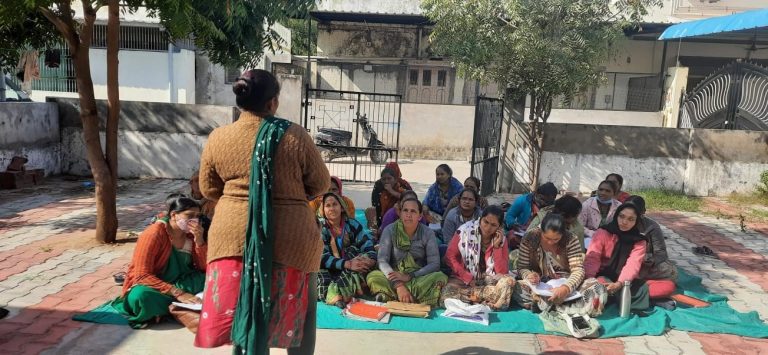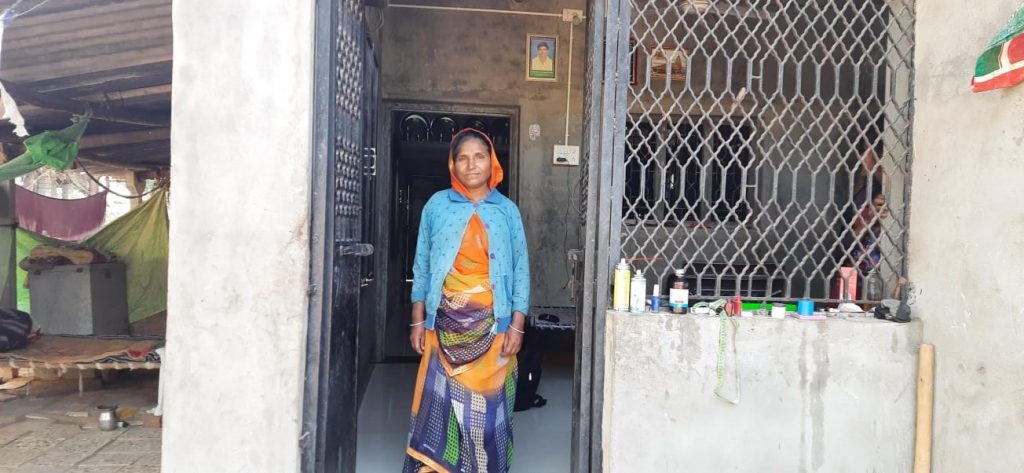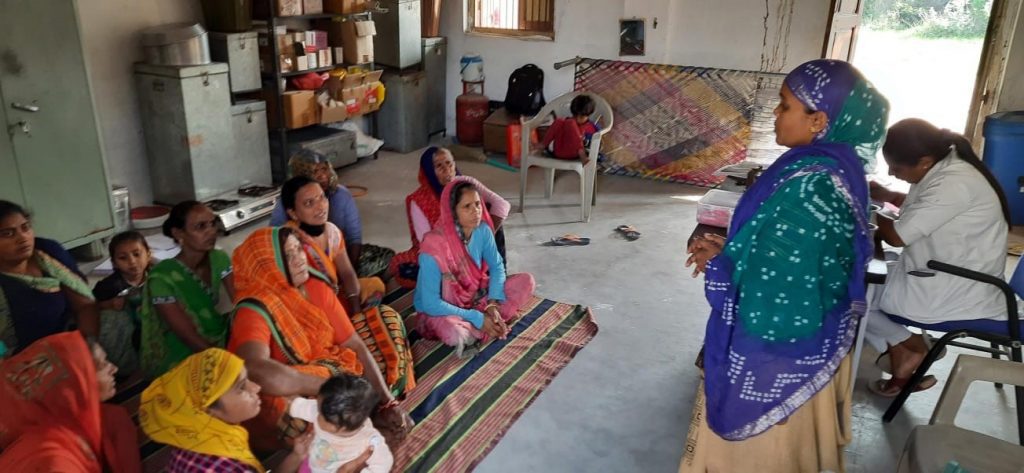[Readmelater]
Health Workers Can Be Critical In The Campaign Against Domestic Violence
In Gujarat, ASHA workers are being trained to detect and address domestic violence in rural communities. Through early detection and referrals to support systems, these women are crucial in providing support for survivors of abuse.

A group of ASHAs discuss the case study of a pregnant woman who was assaulted by her husband. They are at a training programme on the prevention of domestic violence conducted by SWAT, a non-profit SWATI. Photo credit: Swagata Yadavar
Support BehanBox
We believe everyone deserves equal access to accurate news. Support from our readers enables us to keep our journalism open and free for everyone, all over the world.








